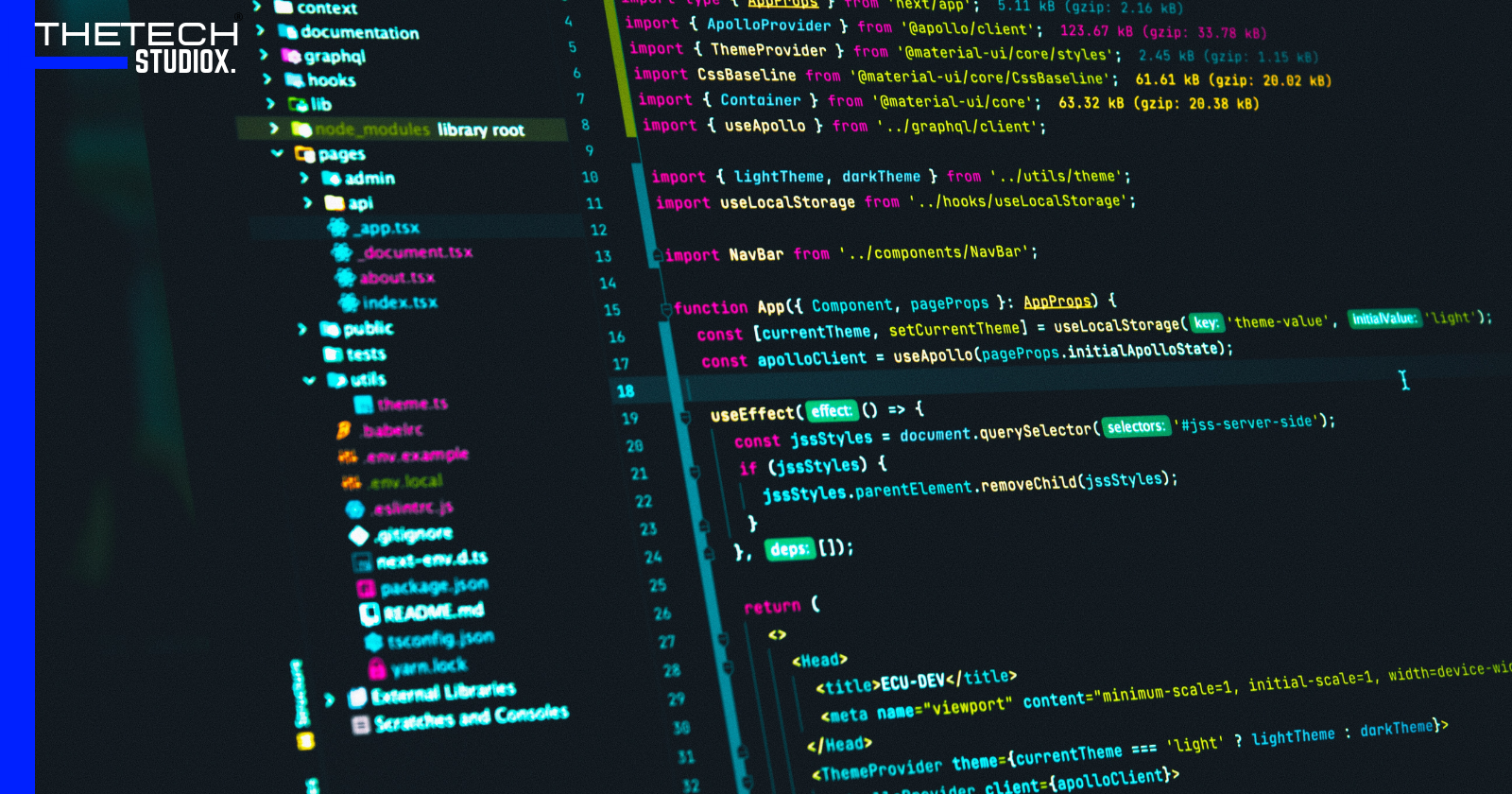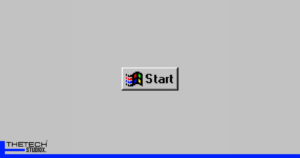Table of Contents
What is Software Development?
Software development is the process of creating, designing, programming, and maintaining computer software. In today’s rapidly evolving technological landscape, software development has become a critical component of the IT industry. From mobile applications to enterprise software systems, software development is at the core of enabling innovation and driving digital transformation. In this article, we will explore the fundamentals of software development, including the software development life cycle (SDLC), the Windows Software Development Kit (SDK), key roles in software development teams, and common challenges faced in the field.
Understanding the Software Development Life Cycle (SDLC)
The software development life cycle (SDLC) is a structured approach that outlines the various phases involved in developing software. It provides a framework for software developers to follow, ensuring that the development process is organized, efficient, and delivers high-quality software products. The SDLC typically consists of the following phases:
- Requirements Gathering: In this phase, the software development team works closely with stakeholders to understand and document the software requirements. This step involves analyzing user needs, defining functional and non-functional requirements, and creating a detailed software specification document.
- Design: Once the requirements are gathered, the design phase begins. This phase involves creating a blueprint of the software system, including the architecture, database design, and user interface. The design phase ensures that the software is scalable, maintainable, and meets the desired specifications.
- Implementation: In the implementation phase, the software developers start coding the software based on the design specifications. They follow programming best practices, write clean and modular code, and conduct regular code reviews to ensure code quality. This phase also involves integrating different software components and conducting unit testing.
- Testing: The testing phase is crucial in software development as it helps identify and fix any defects or issues before the software is released. Different testing techniques, such as unit testing, integration testing, system testing, and user acceptance testing, are performed to ensure that the software functions as intended.
- Deployment: Once the software has been thoroughly tested and verified, it is deployed to the production environment. This phase involves activities such as installation, configuration, and data migration. The software is made available to end-users or customers, and feedback is collected to further enhance the software.
- Maintenance: After deployment, the software enters the maintenance phase. This phase involves monitoring the software for any errors, bugs, or performance issues. Regular updates, patches, and enhancements are made to ensure the software remains up-to-date and meets changing user requirements.
Exploring the Windows Software Development Kit (SDK)
In the context of software development, the Windows Software Development Kit (SDK) is a collection of tools, libraries, documentation, and samples provided by Microsoft to facilitate the development of software for the Windows operating system. The Windows SDK includes everything a developer needs to build, test, and deploy applications for various Windows platforms, including desktop, mobile, and cloud.
The Windows SDK provides a comprehensive set of APIs (Application Programming Interfaces) that allow developers to access the core functionality of the Windows operating system. This includes APIs for user interface design, file management, networking, security, and much more. The SDK also provides tools for debugging, profiling, and performance analysis, enabling developers to optimize their software for maximum efficiency.
One of the key features of the Windows SDK is its integration with popular development environments such as Visual Studio. Developers can leverage the SDK’s tools and libraries within their preferred IDE (Integrated Development Environment), making it easier to write, debug, and deploy Windows applications.
In addition to the core Windows SDK, Microsoft also provides specialized SDKs for specific development scenarios. For example, the Universal Windows Platform (UWP) SDK enables developers to create applications that can run on a wide range of Windows devices, from desktops to tablets and smartphones. The Xbox Live SDK allows developers to create games for the Xbox platform, while the Azure SDK provides tools for building cloud-based applications on the Microsoft Azure platform.
The Importance of a Well-Defined Software Development Life Cycle (SDLC)
A well-defined software development life cycle (SDLC) is crucial for the success of any software development project. It ensures that the development process is structured, organized, and follows industry best practices. Here are some key reasons why a well-defined SDLC is important:
- Efficiency: A well-defined SDLC improves the efficiency of the software development process. By following a structured approach, developers can avoid common pitfalls, reduce rework, and deliver high-quality software within the allocated time and budget.
- Quality Assurance: The SDLC includes various testing phases that ensure the software meets the desired quality standards. By thoroughly testing the software at each phase, developers can identify and fix any defects early on, reducing the likelihood of critical issues in the final product.
- Risk Management: A well-defined SDLC helps in effective risk management. By identifying potential risks early in the development process, developers can take appropriate measures to mitigate them. This includes conducting thorough requirements analysis, design reviews, and regular testing.
- Customer Satisfaction: A well-managed SDLC ensures that the software meets the customer’s requirements and expectations. By involving stakeholders throughout the development process and incorporating their feedback, developers can deliver a software solution that solves the customer’s problem effectively.
- Maintainability: The SDLC includes a maintenance phase that ensures the software remains up-to-date and functional. By following a well-defined SDLC, developers can create software that is easily maintainable, allowing for future enhancements, bug fixes, and updates.
In conclusion, understanding the fundamentals of software development is crucial in today’s IT industry. From the software development life cycle to the Windows Software Development Kit, each aspect plays a vital role in delivering high-quality software solutions. By embracing these fundamentals and overcoming common challenges, software development teams can drive innovation, enable digital transformation, and meet the ever-changing needs of the industry.
To learn more about software development and explore the latest trends and technologies in the field, subscribe to our newsletter for regular updates and insights.





[…] What is Software Development? Understanding the Fundamentals […]
[…] What is Software Development? Understanding the Fundamentals […]
I don’t think the title of your article matches the content lol. Just kidding, mainly because I had some doubts after reading the article.